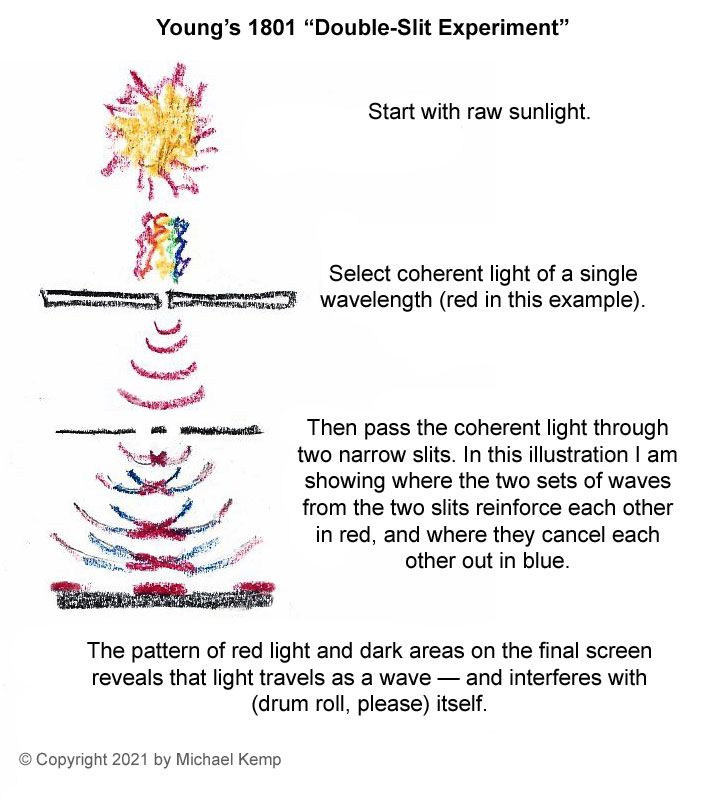Newtonian physics works pretty darned well. It’s our common-sense experience of the world translated into the jargon of math and science.
As I write in Why Stuff Falls Down:
Newton’s groundbreaking ideas, developed using the principles of the Scientific Revolution, proved to be so trustworthy that they soon became accepted as full-blown Laws of Nature. You could calculate ballistics with unprecedented accuracy, account for ocean tides, and under one set of consistent theories, understand everything from colliding billiard balls to the motions of the planets.
Newtonian physics almost always matches how the world works.
End of story, right?
Not quite.
Newton set out his theories around 1700 (plus or minus a few decades). The problem was that his works, and those of others in the so-called Scientific Revolution, spurred folks on to create new technology that allowed them to see more deeply and accurately into the nature of reality.
Why would that be a problem?
Because people looked a bit too closely at light. Light acts in several ways that are not what Newton expected. Light even acts in ways that defy common sense. But the observations made in the 1800s left no room for doubt. Nature doesn’t always act like we want it to. As the quantum physicist Richard Feynman put it:
“Quantum mechanics describes nature as absurd
from the point of view of common sense.
And it fully agrees with experiment.
So I hope you can accept nature
as She is — absurd.”
~ Richard Feynman
In the 1800s, physical experiments revealed three ways that light acts in very strange ways. These experiments blew everybody away and knocked the blocks out from under Newtonian physics.
- In 1801, a guy named Thomas Young performed “The Double Slit Experiment” which demonstrated that light travels as a wave. Newton had said that light was made of particles.
- In 1887, Albert Michelson and Edward Morley performed an experiment that demonstrated that light travels past you at a constant speed, regardless of whether the source of light is moving toward you or away from you. In Newtonian physics, light should travel past you faster if the source is moving toward you, and travel past you slower if the source is moving away from you.
- In the late 1800s, a guy named Max Planck solved the Newtonian “Ultraviolet Catastrophe” by showing that light is made of particles. Also, in one of Einstein’s papers published in 1905, Einstein showed that light is made of distinct particles.
But wait! In 1801 it was demonstrated that light travels as a wave, but by around 1900 it was demonstrated that light is made of particles. What? How can it be both? And thus, quantum mechanics was born — not out of thin air, but to describe how our universe actually works.
And that 1887 experiment? That was the real-world observation that started the mind-bending slide into Einstein’s relativity.
Want to know more? What can I say? Read the book!
Want to do the famous double-slit experiment at home? Here it is!


Leave a Reply